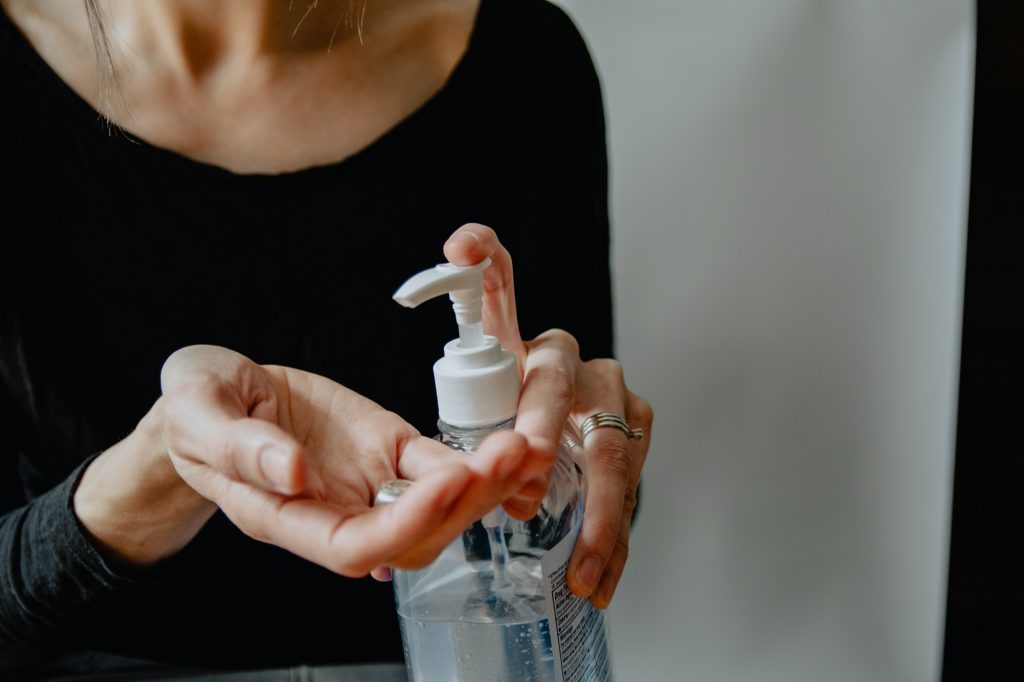
COVID-19: the individual v the population
Last week, on the 12th March 2020, the WHO declared the coronavirus outbreak to be a pandemic. A pandemic signifies worldwide spread of a disease. This is in contrast to an epidemic, which means an outbreak of disease that has grown out of control but may only be confined to certain parts of the globe.
The last time we had a pandemic was in 2009 with the H1N1 virus (Swine flu). Australia had 37,636 cases and there were 191 associated deaths. Most people reading this lived through that pandemic and you can probably vaguely remember hearing about it in the media, but it didn’t really affect our lives too much, unless you were one of the families of the 191 who died. This time it might be different.

Coronaviruses are a big family of viruses, many of which cause respiratory illnesses. Most are mild, and related to the common cold but some cause worse illnesses such as SARS (Severe Acute Respiratory Syndrome). COVID-19 is the disease caused by the most recent strain of coronavirus that originated in Wuhan, China, with the first case identified on New Years Eve 2019.
COVID-19 causes fever, dry cough and tiredness. Other symptoms include sore throat, aches and pains and nasal congestion. Most cases are mild and the symptoms are non specific so if you’re not very unwell, it’s hard to distinguish the disease from other illnesses such as the common cold. It seems that 80% of people recover from the mild illness without needing treatment. Unfortunately the other 20% (1 in every 5 cases) become very unwell and need medical treatment. A quarter of those very unwell might end up on a ventilator in ICU.

The difficult thing about a pandemic (and any spread of disease in a certain population) is balancing the risks of each individual with the risks of the whole population. This might seem like it’s the same thing, but for governments and health officials this can be two very different approaches.
At the individual level, it doesn’t really matter if you have the disease or not. This may sound silly, but if you are feeling unwell with a fever, or a sore throat or a cough, then as long as you don’t develop any breathing difficulties (ie you’re not sick enough to see a doctor in normal times outside the pandemic) then you should just stay at home and rest until you feel better. This will be the case for 80% of the population who are exposed to this coronavirus and get COVID-19. If you do develop breathing difficulties then you should go straight to hospital, whether it’s caused by COVID-19 or another illness. So as I pointed out, at an individual level, it doesn’t matter if you are diagnosed with the disease or not, what is important is that you seek help when you need it and you’re treated appropriately for your condition.
The story is very different, however, when considering the health of the population as a whole. This is because COVID-19 is much more likely to cause serious disease in the elderly population and those who already have other chronic diseases such as heart and lung diseases. The problem with coronavirus is that the 80% of the population who get COVID-19 and have mild symptoms or none at all (asymptomatic cases) can still spread the disease to others. So you might think that your mild sore throat and cough isn’t that big a deal, but if you go out into the community and you cough into your hand and then touch something, the virus can live on that object for hours to days depending what the object is. Then someone else comes along, touches that object and then touches their mouth or another part of their face, and catches the virus. They might already have heart disease and be over 70 years old and end up getting very sick from COVID-19.
This is why social distancing is so important. It’s not about you as an individual, it’s about the health of the population as a whole. We need to stop thinking about ourselves and start protecting our most vulnerable. So next time you leave the house, stop worrying about whether you’re going to catch the disease and start acting like you have it. What’s the difference? You still won’t get the disease if you don’t have it, but you also won’t spread it if you happen to have a mild or asymptomatic case. This is the only way to slow down the spread of disease. If we don’t do this, our health system will be overwhelmed and the sickest people might miss out on an ICU bed that will be needed to save their lives. Imagine if that was your relative. Stay at home unless you really have to go out. If you do go out, stay 1.5m away from people. Wash your hands frequently. Try not to touch your face.
These are all simple things to do to potentially save thousands of lives but it takes an unselfish gesture to make it work.
As of yesterday there were 234 073 confirmed cases world wide and 9840 deaths. 709 of these cases were in Australia including 6 of the deaths. We’re in a lucky position to be able to learn from other countries and act early to limit the effect of this disease on home soil. Now more than ever, we need to see the Aussie spirit in action. Protect your mates by staying away from them.


